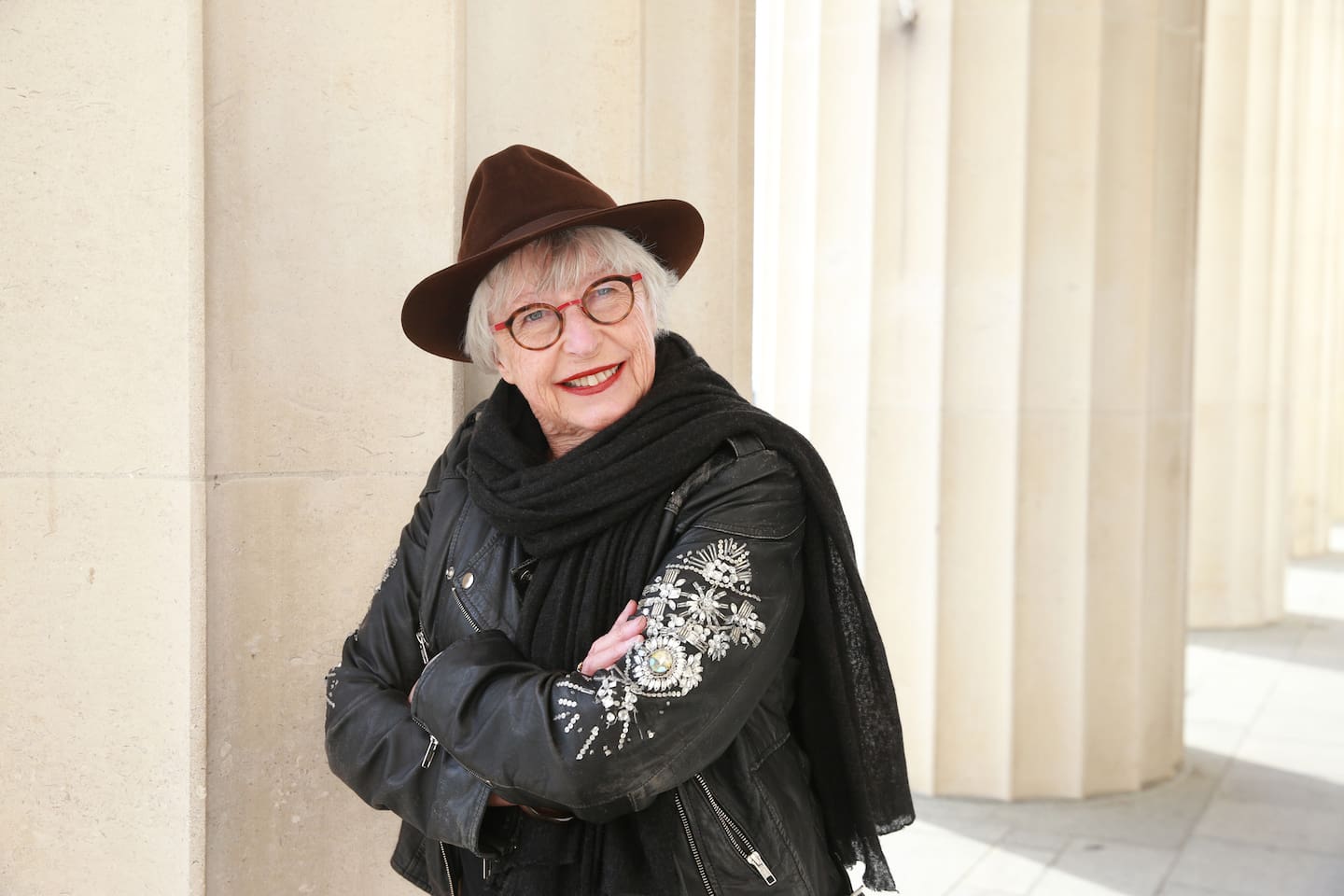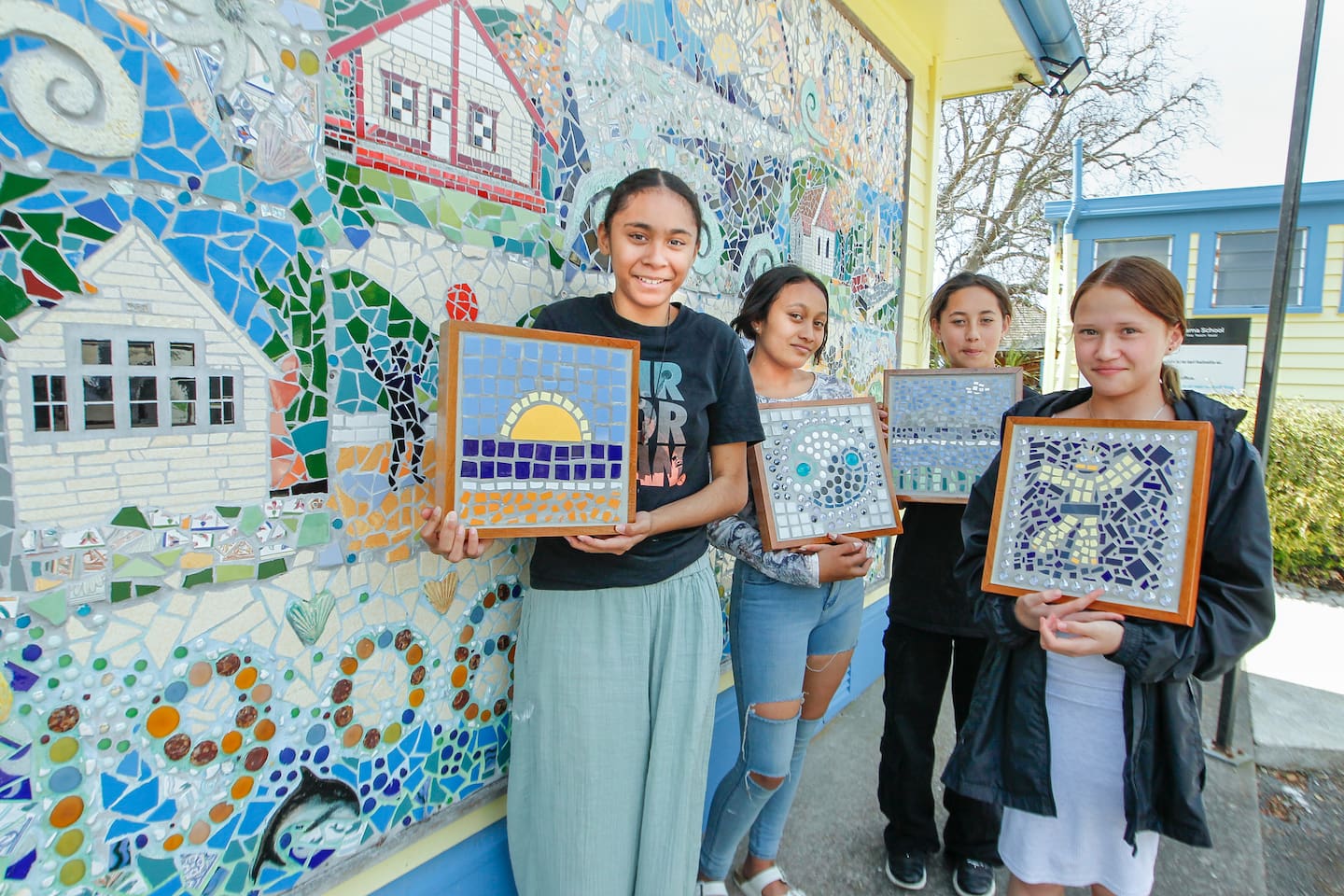
Acclaimed Kiwi film director Dame Gaylene Preston is among the advocates and creatives calling for the Government to reinstate the now-canned âCreatives in Schoolsâ programme.
The programme saw music, drama, dance, and art professionals visit schools, allowing those in the creative sector to share their professional knowledge and skills directly with students; the plan was also open to those in filmmaking, fashion, spoken word, and cultural arts.
The Creatives in Schools programme was discontinued from the start of the 2024/25 financial year, in a bid to save around $13 million across four years.
An update on the Ministry of Education website stated the decision was part of a âbroader strategic reallocation of funds to better support current prioritiesâ.
âWe understand the disappointment this will cause. Weâd like to take this opportunity to extend our appreciation to everyone who has contributed to the success of the CiS programme and acknowledge its ongoing legacy,â the statement on the ministryâs website added.
Dame Gaylene said she found it very difficult to contemplate the âsiloed thinkingâ that sees art as separate from anything else.
âA healthy community is a creative community,â she said in an interview, calling the plans âdaftâ.
âChildren sing, dance, play - we are a creative people as humans, and you canât take creativity out of a school curriculum,â Preston added.
âYouâre just imposing a lot of testing and a very narrow, siloed way of thinking about life - thatâs what the outcome will be. People will become nouns, rather than verbs [...] we need to be as creative and as collaborative as we possibly can be.â

Dame Gaylene Preston suggested cutting back on creativity in schools was "daft". Photo/ Doug Sherring
Preston, born in 1947, said her schooling in the 50s was full of creativity. âWe sang, we danced, we learned times tables, we had spelling competitions, we learned to read, we did plays, we performed, and we drew - weâd do all the things that a growing human being would be doing. I have to say that has stood me in very good stead.
âCreativity is what makes Aotearoa New Zealand the place it is. Whether itâs climbing mountains, whether itâs being shopkeepers - whatever it is, we are an arts-based community. Art is everywhere, art is all of us,â she added.
Proactively-released documents obtained under the Official Information Act confirm there was a âline-by-line review of non-departmental spending,â specifically around the Ministry of Educationâs âCurriculum and Learner Progressâ area.
A list of savings, including the Creatives in Schools plan, was sent from a Ministry of Education policy analyst to other ministry workers in February, suggesting more savings may be needed.
Staff were told to continue working on additional savings templates in case the Minister wanted to look elsewhere for savings, something seen as âvery possible,â as the list did not get the agency to its savings target.
The savings template, also released under the Official Information Act, said the programme supported professional artists and creative practitioners and covered 85 to 100 hours of learning time for students, across eight to 20 weeks.
On cutting the plan, the document said the Governmentâs priority focus for education is making sure schools are âteaching the basics brilliantly,â with a specific focus on literacy, maths, and science.
The Ministry of Education funded more than 150 schools through the programme.
University of Auckland Education Professor Peter OâConnor said arts in schools are hugely important.
âThe Prime Minister thinks [these programmes] are just nice to haves, but all the research tells us that schools which are rich in the arts do really well in literacy and numeracy,â he said.
âArts-rich schools have higher rates of attendance,â OâConnor added, suggesting investments would keep students interested in school.
He said the Creatives in Schools programme provided stability and support for the arts sector and artists themselves, adding creatives will likely feel âbatteredâ and âhung out to dryâ by the policy.

Merena Tahat-Timas (left), Anika Tapiata-Harmer, Horiana Tahau and Georgia Epere with their mosaics in front of a mosaic commemorating 100 years of WaimâÄrama School, funded through Creative in Schools. Photo / Warren Buckland
On the potential risks, the savings template said the creative learning experiences enhance studentsâ wellbeing, improve their core competencies in communication, collaboration and creative thinking, and inspire their awareness of careers in the arts and creative sectors.
The document added the funding supports the arts learning area, a compulsory part of the New Zealand curriculum.
Wellington-based director, drama teacher, and Victoria University of Wellington lecturer Dr Kerryn Palmer said arts bring wellbeing, collaboration, togetherness, and identity to people.
Palmer added the Creatives in Schools programme meant teachers could get additional help, and the removal of it might push arts to the bottom of the pile.
âWeâve actually got to start thinking about wellbeing,â she added, suggesting many children want to come to school for creative activities, like dance, art, or kapa haka.
The budget savings template added there could be wider risks. âBesides the impact on learners, there is a reputational risk to the Ministry in disestablishing this initiative.
âStudents will have fewer opportunities to work on a wide range of arts projects, such as a project at Lincoln Heights School in 2022 that provided students with disabilities opportunities to express themselves and gain confidence through music-making, or a project at Aorere College in 2022 that saw students create their own digital media series,â the pre-budget document said.
It warned the level of risk and impact on frontline services was high, as tens of thousands of students have taken part in it.
In a statement, Minister of Education Erica Stanford said the programme does not directly progress the Governmentâs education priorities.
âEvery dollar of reprioritisation is being reinvested in the frontline of the education system - our children, teachers and education providers - to lift student achievement and close the equity gap.
âThe Ministry still provides funding support for programmes to enhance teaching and learning in the arts. Schools can also use operational funding at their discretion and may choose to use this for creative education programmes,â Stanford confirmed.
Ministry of Education acting general manager of the NZ Curriculum and Te WhÄriki Claire Eden said schools can still use operational funding based on what works best, âand may choose to use this funding to support a creative projectâ.
Eden said the ministry continued to fund and support programmes in the arts sector, such as its Enriching Local Curriculum plans, bands mentoring in schools allowing kids to gain music confidence, and performing arts competitions including Rockquest, Showquest and Tangata Beats.
Azaria Howell is a Wellington-based multimedia reporter with an eye across the region. She joined ūÅŌŧÐĮŋÕÎÞÏÞ in 2022 and has a keen interest in city council decisions, public service agency reform and transport.
Take your Radio, Podcasts and Music with you
Get the iHeart App
Get more of the radio, music and podcasts you love with the FREE iHeartRadio app. Scan the QR code to download now.
Download from the app stores
Stream unlimited music, thousands of radio stations and podcasts all in one app. iHeartRadio is easy to use and all FREE









